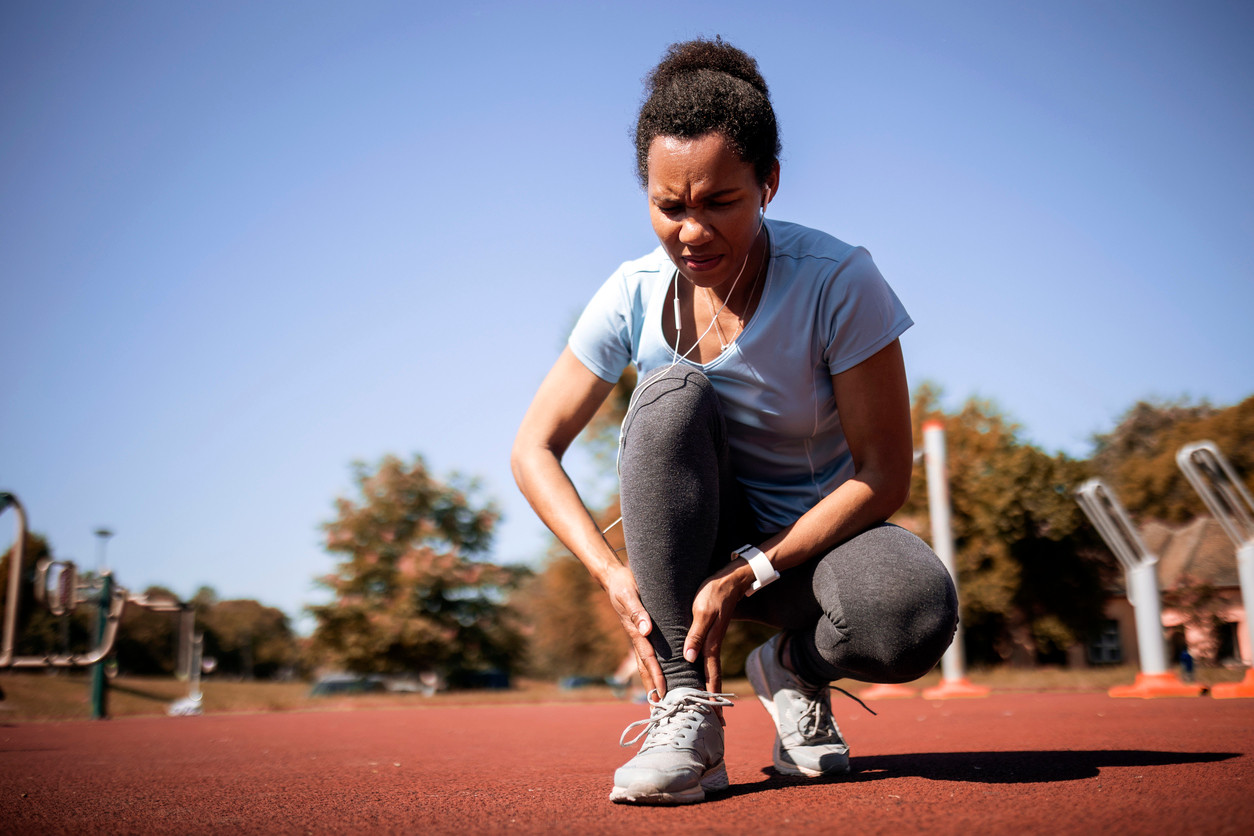Dolor de tobillo después de correr: Causas, prevención y ejercicios
Obtén más información sobre las causas del dolor de tobillo después de correr y cómo tratarlo con ejercicios de fisioterapeutas.
$0 costo para usted
Última actualización: Sep 1, 2025
El índice
Fully covered foot or ankle pain relief
Find relief from foot pain, ankle pain, plantar fasciitis, & more.
Check if I'm eligibleEjercicios para el dolor de tobillo después de correr
Para personas →- Levanta la pantorrilla
- Tib Raises
- Towel Scrunches
- Soleus Stretch
- Single Leg Balance
